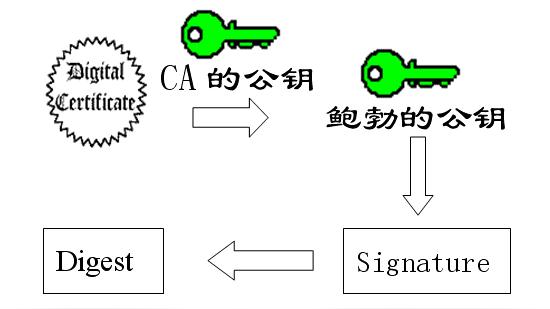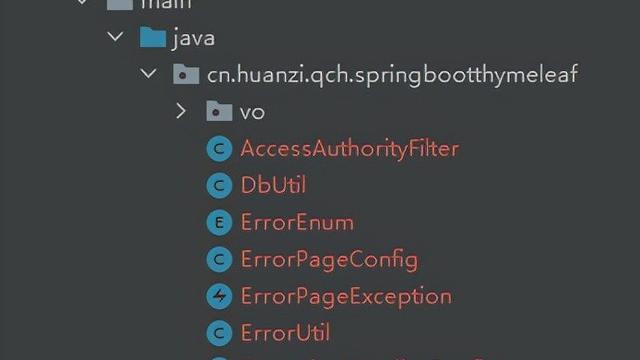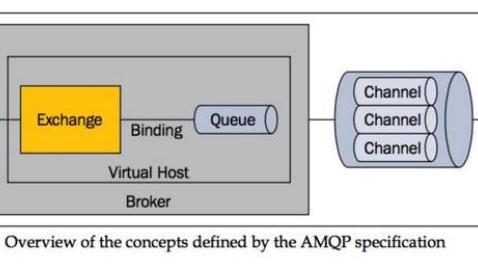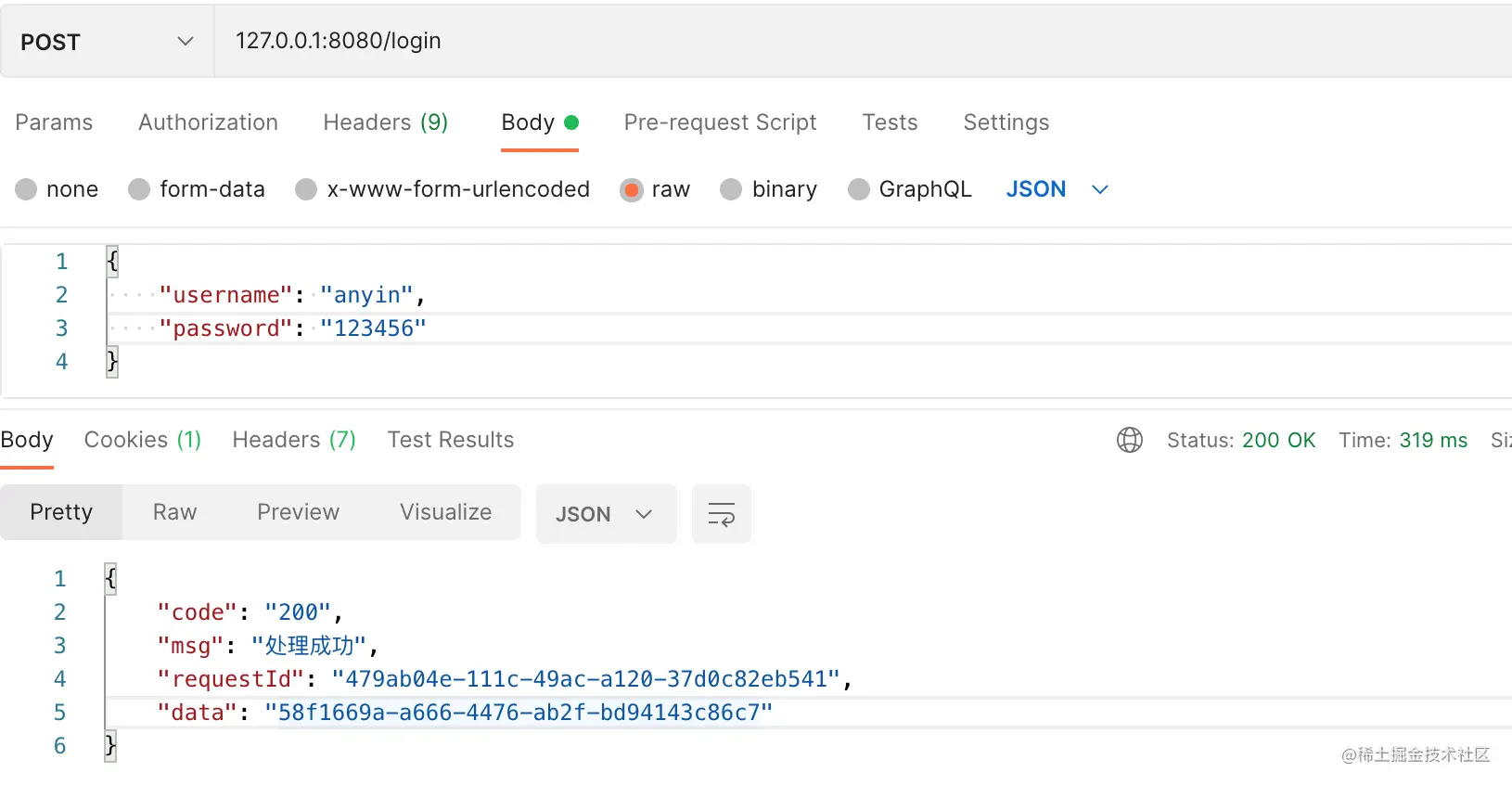在服务器运维以及程序开发过程中,经常会用到kill命令或者kill()方法。那么,kill是做什么以及信号0的作用又是什么,一起来探寻吧。
[root@localhost ~]# kill -l
1) SIGHUP 2) SIGINT 3) SIGQUIT 4) SIGILL 5) SIGTRAP
6) SIGABRT 7) SIGBUS 8) SIGFPE 9) SIGKILL 10) SIGUSR1
11) SIGSEGV 12) SIGUSR2 13) SIGPIPE 14) SIGALRM 15) SIGTERM
16) SIGSTKFLT 17) SIGCHLD 18) SIGCONT 19) SIGSTOP 20) SIGTSTP
21) SIGTTIN 22) SIGTTOU 23) SIGURG 24) SIGXCPU 25) SIGXFSZ
26) SIGVTALRM 27) SIGPROF 28) SIGWINCH 29) SIGIO 30) SIGPWR
31) SIGSYS
34) SIGRTMIN 35) SIGRTMIN+1 36) SIGRTMIN+2 37) SIGRTMIN+3
38) SIGRTMIN+4 39) SIGRTMIN+5 40) SIGRTMIN+6 41) SIGRTMIN+7 42) SIGRTMIN+8
43) SIGRTMIN+9 44) SIGRTMIN+10 45) SIGRTMIN+11 46) SIGRTMIN+12 47) SIGRTMIN+13
48) SIGRTMIN+14 49) SIGRTMIN+15 50) SIGRTMAX-14 51) SIGRTMAX-13 52) SIGRTMAX-12
53) SIGRTMAX-11 54) SIGRTMAX-10 55) SIGRTMAX-9 56) SIGRTMAX-8 57) SIGRTMAX-7
58) SIGRTMAX-6 59) SIGRTMAX-5 60) SIGRTMAX-4 61) SIGRTMAX-3 62) SIGRTMAX-2
63) SIGRTMAX-1 64) SIGRTMAX
注意:
下面内容常作为面试题:前31个信号和后31个信号的区别?
在linux上执行kill -l看到可使用信号共有62个(仔细看没有32、33哦)。
不可靠信号、可靠信号区别:前者不支持排队,可能会造成信号丢失,而后者不会。
通过man命令可以看到关于kill指令的描述以及参数解释,这里截取部分描述,如下:
[root@localhost ~]# man 1 kill
KILL(1) User Commands KILL(1)
NAME
kill - terminate a process
SYNOPSIS
kill [-s signal|-p] [-q sigval] [-a] [--] pid...
kill -l [signal]
DESCRIPTION
The command kill sends the specified signal to the specified process or process group. If no signal is specified, the TERM signal is sent. The TERM signal
will kill processes which do not catch this signal. For other processes, it may be necessary to use the KILL (9) signal, since this signal cannot be caught.
Most modern shells have a builtin kill function, with a usage rather similar to that of the command described here. The '-a' and '-p' options, and the possi‐
bility to specify processes by command name are a local extension.
If sig is 0, then no signal is sent, but error checking is still performed.
......
# [root@localhost ~]# man 2 kill
KILL(2) Linux Programmer's Manual KILL(2)
NAME
kill - send signal to a process
SYNOPSIS
#include <sys/types.h>
#include <signal.h>
int kill(pid_t pid, int sig);
Feature Test macro Requirements for glibc (see feature_test_macros(7)):
kill(): _POSIX_C_SOURCE >= 1 || _XOPEN_SOURCE || _POSIX_SOURCE
DESCRIPTION
The kill() system call can be used to send any signal to any process group or process.
If pid is positive, then signal sig is sent to the process with the ID specified by pid.
If pid equals 0, then sig is sent to every process in the process group of the calling process.
If pid equals -1, then sig is sent to every process for which the calling process has permission to send signals, except for process 1 (init), but see below.
If pid is less than -1, then sig is sent to every process in the process group whose ID is -pid.
If sig is 0, then no signal is sent, but error checking is still performed; this can be used to check for the existence of a process ID or process group ID.
For a process to have permission to send a signal it must either be privileged (under Linux: have the CAP_KILL capability), or the real or effective user ID of
the sending process must equal the real or saved set-user-ID of the target process. In the case of SIGCONT it suffices when the sending and receiving processes
belong to the same session.
从描述可知,无论是man 1文档还是man 2文档都指出:kill命令用于向指定的pid进程发送信号,进程在接收到对应的信号之后会进行对应的操作。
man 1 文档中有一句 If sig is 0, then no signal is sent, but error checking is still performed, 意思是:如果sig为0,则不发送信号,但仍然进行错误检查。
man 2 文档中有一句 If sig is 0, then no signal is sent, but error checking is still performed; this can be used to check for the existence of a process ID or process group ID,意思是:如果sig为0,则不发送信号,但仍然进行错误检查; 这可以用来检查是否存在进程ID或进程组ID。
也就是说,kill -0 pid 执行时不会发送信号,但是会对pid对应进程做错误检查。如果返回0则进程、服务正在运行中;反之是其他值,则进程死了或者服务已停止。
既然,信号kill -0 pid不发送信号,主要用于检查对应进程做错误检查。那么,在开发中我们就可以通过kill返回的错误信息来判断进程是否存在、正常运行。
shell脚本中示例:
#!/bin/bash
PIDFILE=$1
if [ -f $PIDFILE ]; then
PID="$(cat $PIDFILE)"
if kill -0 "$PID" &> /dev/null; then
echo "process is exists"
exit 0
else
echo "process is not exists"
exit 5
fi
fi
Go代码中示例:
func processExists(pid int) bool {
if err := syscall.Kill(pid, 0); err == nil {
return true
} else {
return false
}
}








